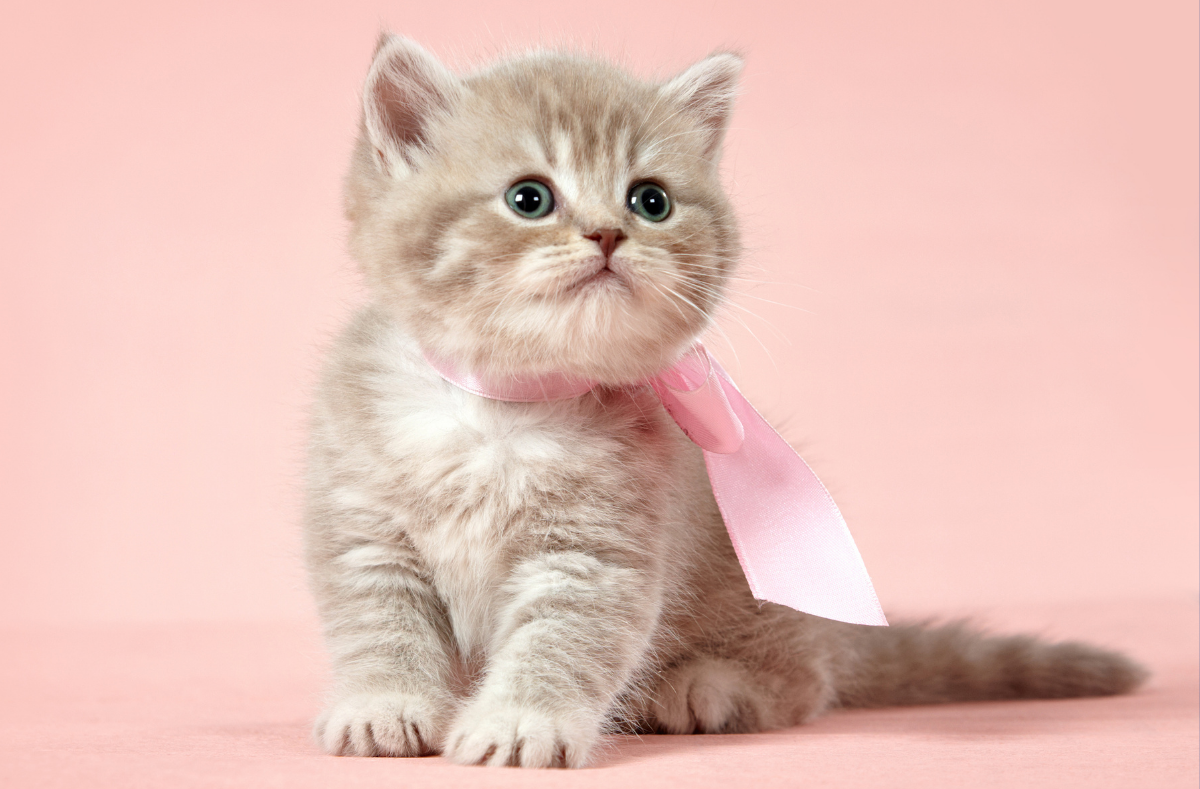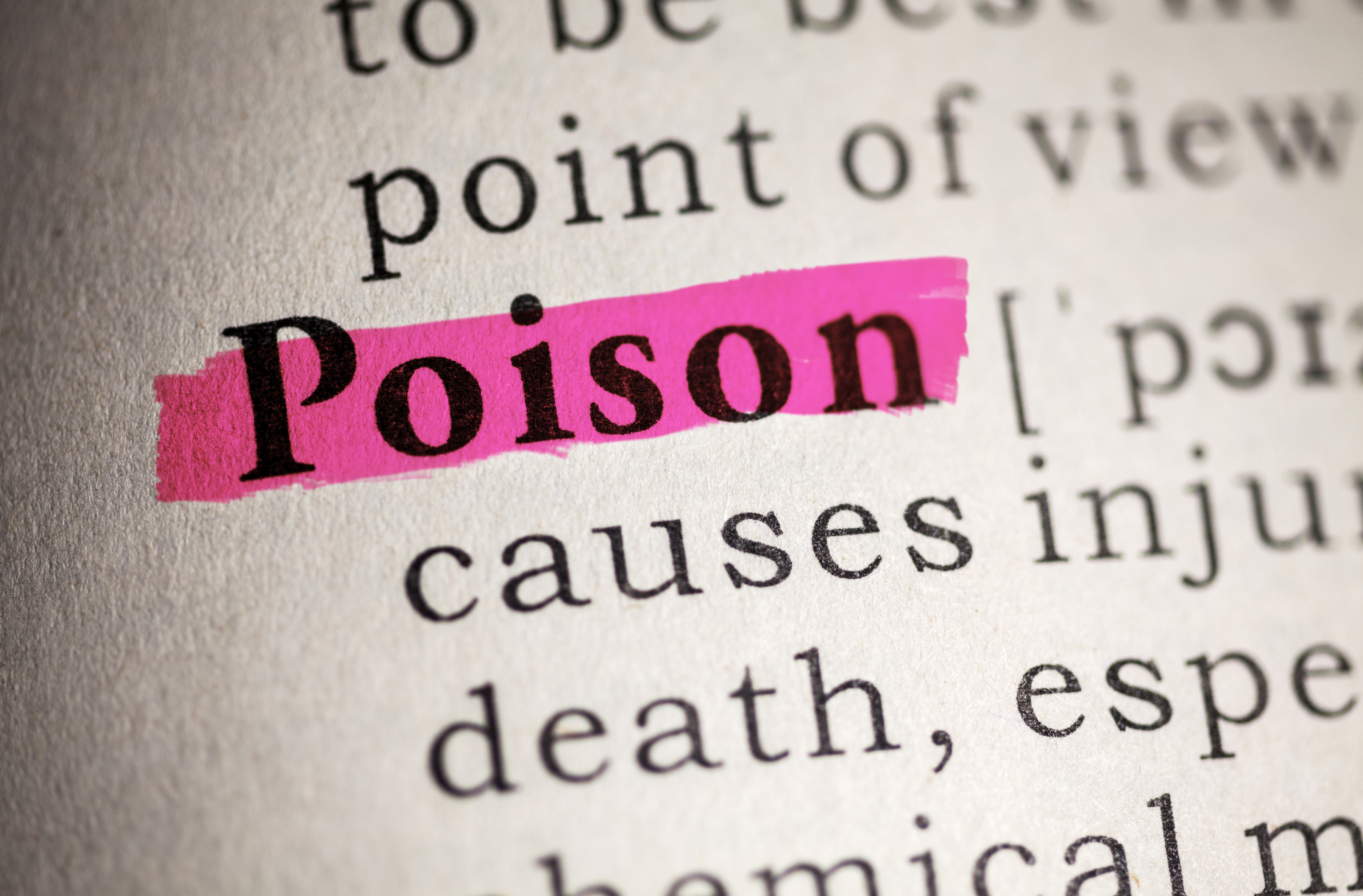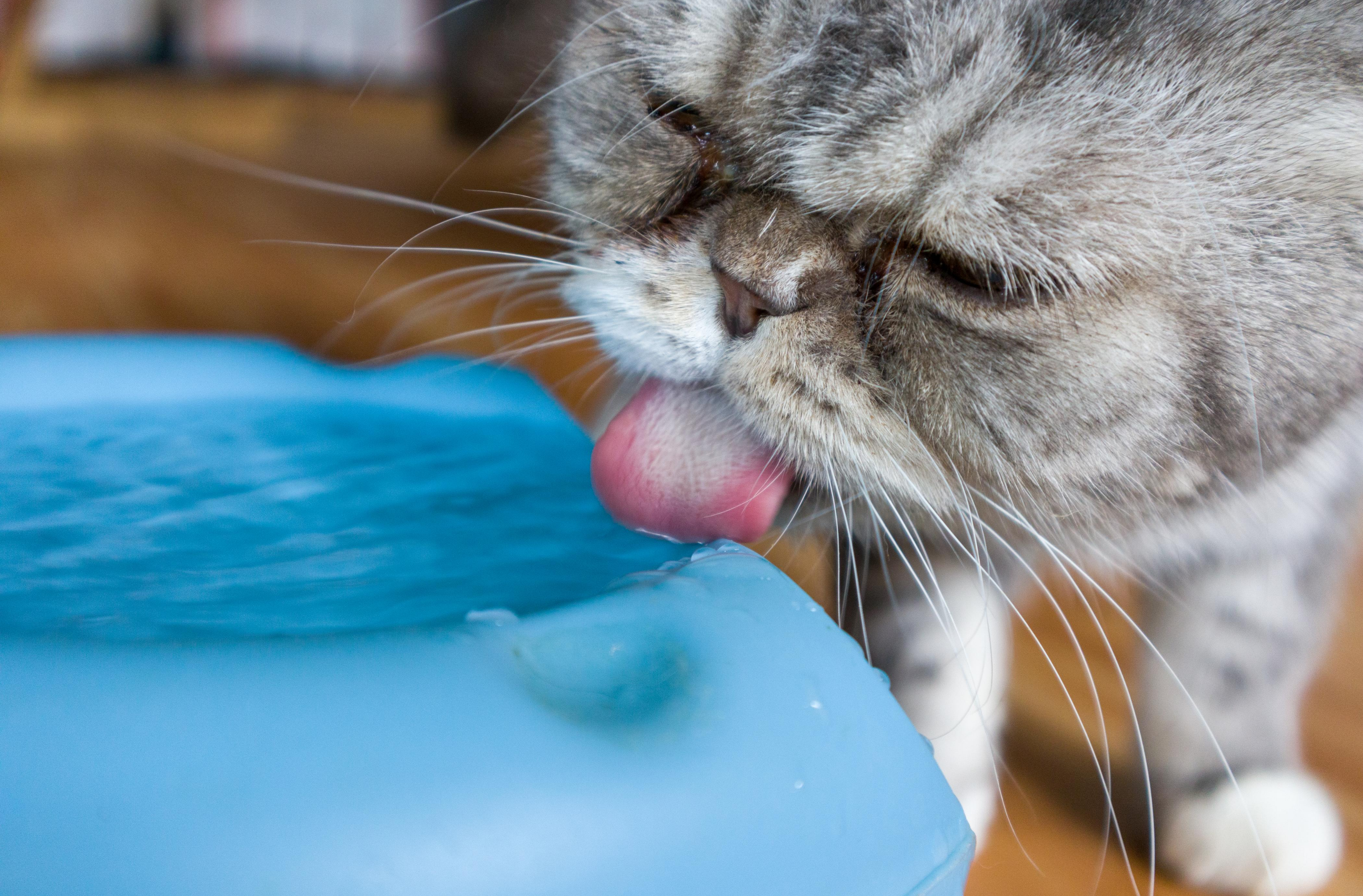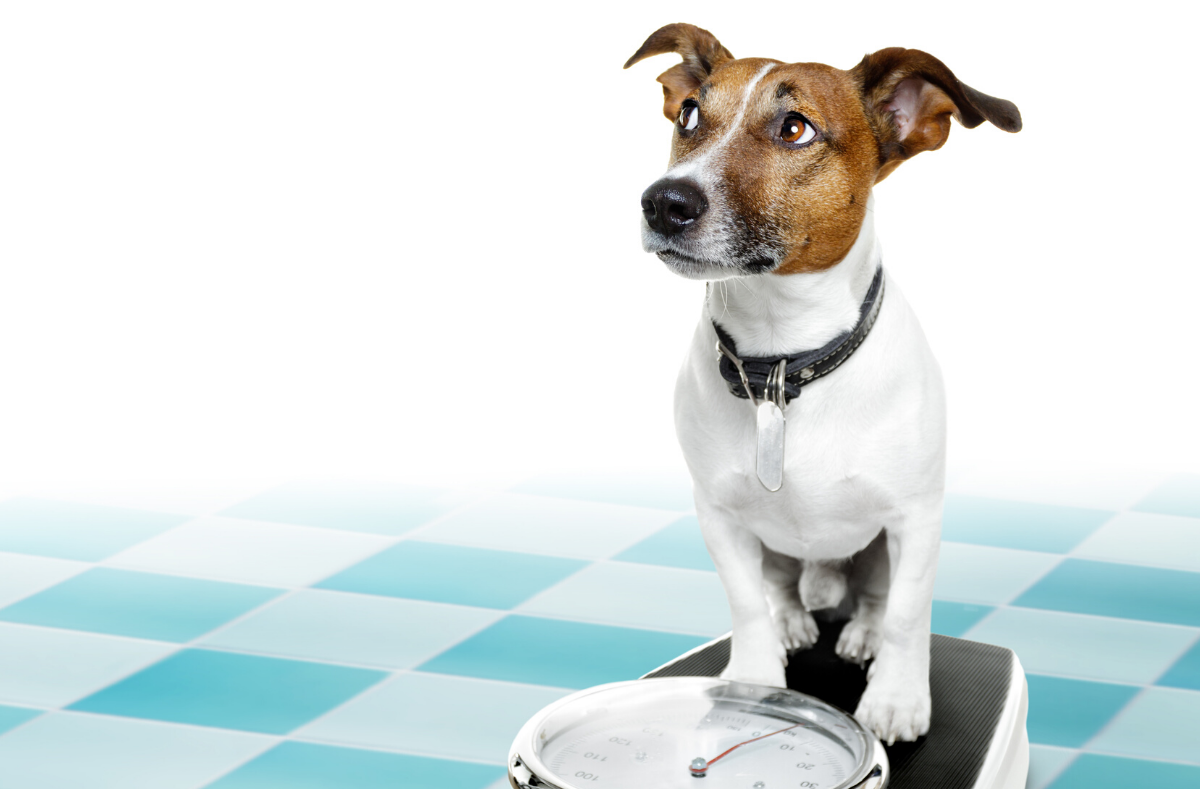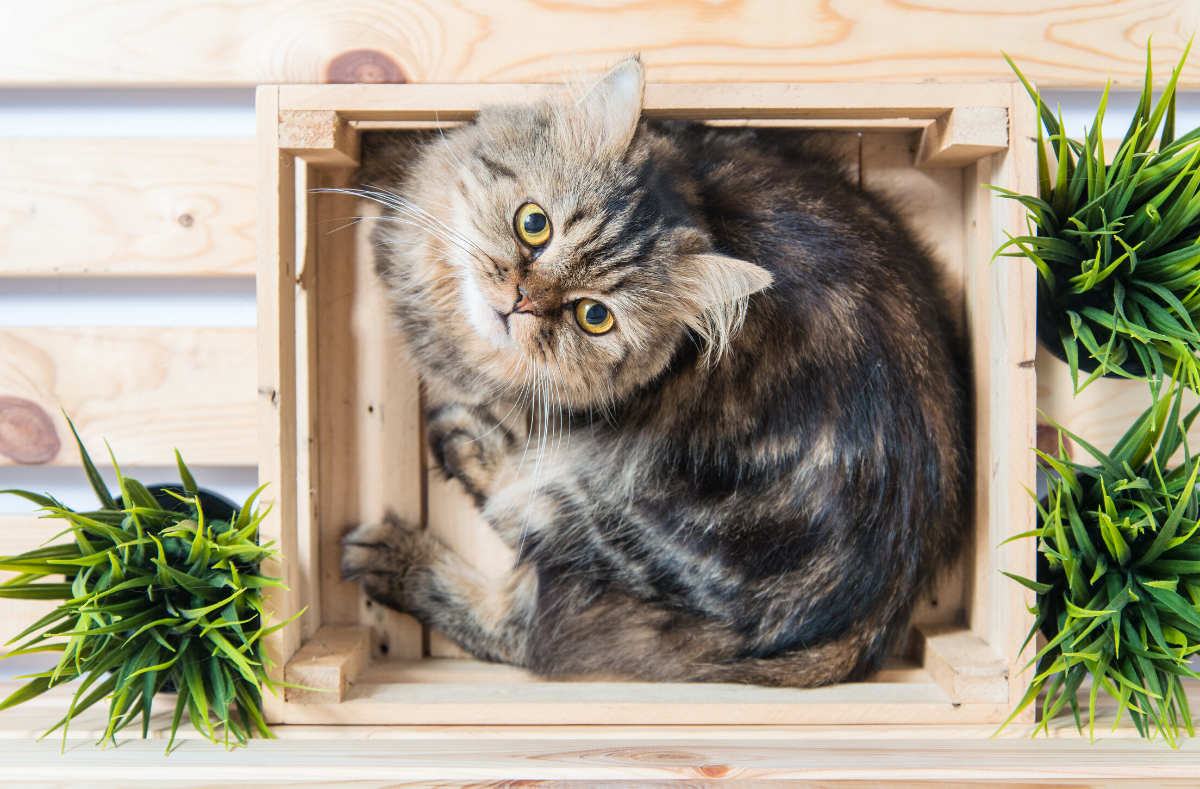
7 common Persian cat health issues
Persian cats are one of the most popular breeds, but despite their popularity, they are reportedly predisposed to 29 diseases to date. That’s a lot, right?
If you are a parent for a Persian cat or if you’re thinking about becoming one, then it’s a must to inform yourself about their possible health problems so that you can help them live a long healthy happy life – check here our top tips for a happy cat 👉
Cats from this breed are known for being quiet and sweet and also for being friendly – well, as friendly as a cat can be 😊. Their looks and personality make them one of the most desired cat breeds.
Here are some of the most common health issues in Persians 👇
1. Heart Disease
The most common form, called hypertrophic cardiomyopathy (HCM) is a thickening of the heart muscle.
Catching signs of cardiomyopathy early is important, but cats tend to hide illness, so it can be difficult for an owner to spot the symptoms.
2. Thromboembolism
HCM can cause blood clots to form inside the heart. These clots can then leave the heart and become lodged in the major arteries that transport blood to the rear legs. If this happens, the cat will suddenly lose the use of both rear legs and the tail—the legs will become cold to the touch and will seem extremely painful.
3. Brachycephalic Syndrome
It affects brachycephalic cats – those with a short nose and flat face. Although these cats have the same amount of tissue in their noses and throats as other breeds of cats, the flattened features provide less space for the tissue to grow. Many affected cats can barely breathe normally, are also more prone to heatstroke, and have a higher risk for anesthetic complications.
4. Polycystic Kidney Disease
This disease was first described in Persians. Affected kittens are born with minor cysts inside the kidneys and sometimes the liver that slowly enlarge over time, eventually destroying the affected organ.
5. Dental Disease
Dental disease is one of the most common chronic problems in pets who don’t have their teeth brushed regularly. Without you brushing their teeth regularly, your cat is likely to develop potentially serious dental problems.
Dental disease starts with food residue, which hardens into tartar that builds upon the visible parts of the teeth, and eventually leads to infection of the gums and tooth roots.
6. Feline Lower Urinary Tract Diseases (FLUTD)
If your cat ever happens to go outside the litterbox, don’t get mad at her too fast. Cats that use other places to urinate then their litterbox are often trying to avoid discomfort. See here 5 reasons why your cat won’t use the litterbox.
7. FIP Susceptibility
Persians seem to be more at risk for developing FIP than other breeds. FIP causes damage to the blood vessels (vasculitis) and fluid build-up inside the abdomen or chest.
The best person to talk to about your Persian cat and the potential health issues your cat might experience is your veterinarian. If anything at all concerns you, don’t hesitate – make an appointment and talk to a professional!



